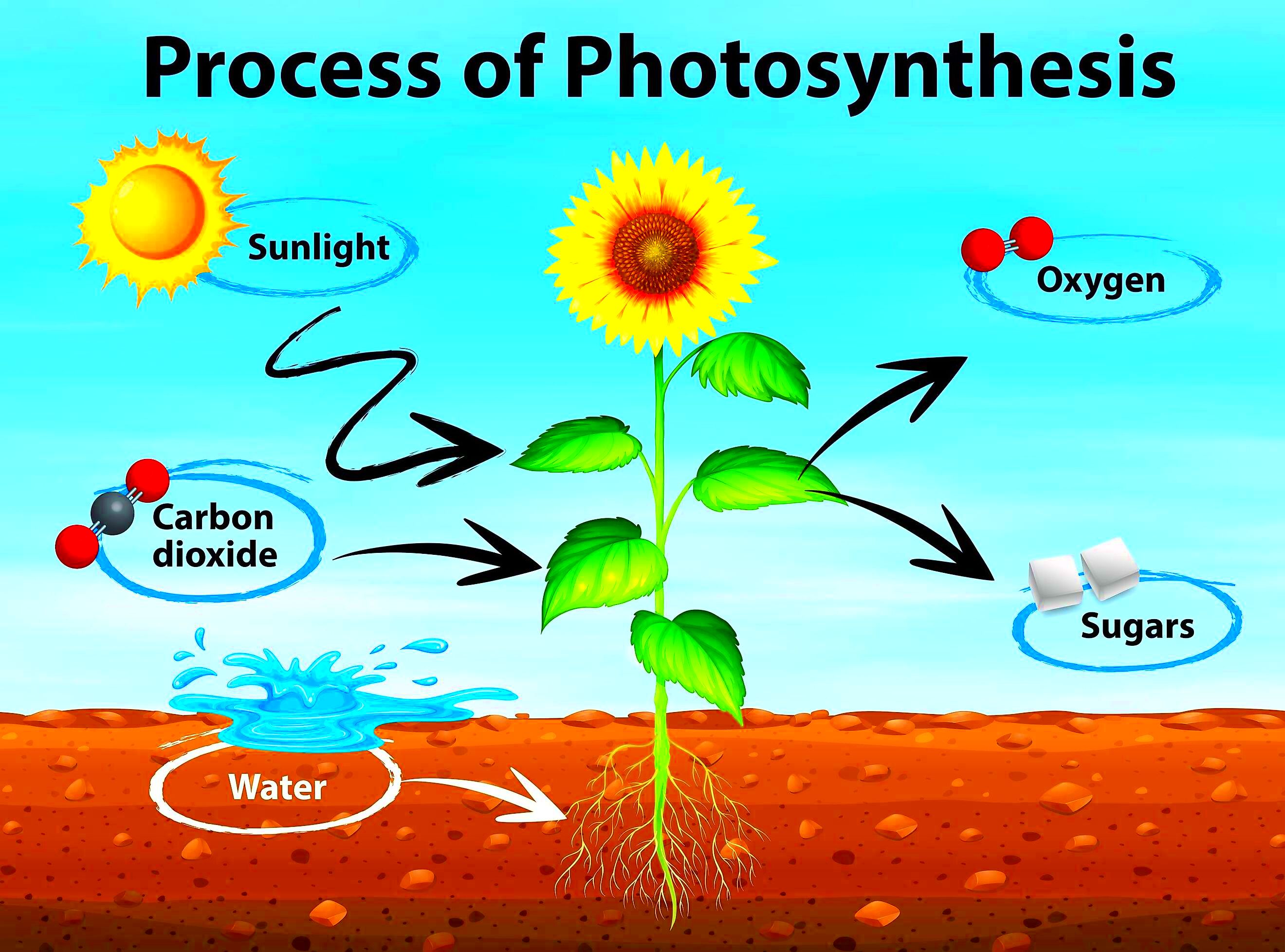Photosynthesis is an essential process for life on our planet. The conversion of light energy into chemical energy by plants, algae, and certain bacteria keeps them alive, while also indirectly providing food to other organisms. With knowledge of photosynthesis, one can have an insight into the working and equilibrium of ecosystems.
ActuaIly, you know thAt photosynthesis refers to the manner in which plants produce their food. This cycle supports different life forms.
Thus, this why it is important:
- Provides energy: Photosynthesis produces glucose, which is essential for plant growth and serves as food for herbivores.
- Produces oxygen: This process releases oxygen into the atmosphere, which is crucial for the survival of most living organisms.
- Supports food chains: Plants are the foundation of food chains, providing energy for herbivores, which in turn feed carnivores.
The Role of Plants in Photosynthesis

The plants that participate in the process of photosynthesis are indeed its protagonists. They prepare their food using sunlight, carbon dioxide and water. This process takes place mainly in the leaves that contain special cells known as chloroplasts. These chloroplasts encapsulate chlorophyll, a green pigment responsible for the capture of sunlight.
Plants play a crucial role in the process of photosynthesis by:
- Chlorophyll Absorption: Chlorophyll absorbs sunlight and converts it into energy.
- Water and Nutrient Uptake: Roots absorb water and essential nutrients from the soil.
- Carbon Dioxide Intake: Leaves take in carbon dioxide from the air through tiny openings called stomata.
- Glucose Production: The energy from sunlight, combined with water and carbon dioxide, allows plants to produce glucose.
In playing this crucial place, plants also support all ecosystems along with just feeding themselves. It is hard to imagine life without them!
Also Read This: How to Print Multiple Images on One Page
How Sunlight Powers Photosynthesis
The driving force of photosynthesis is sunlight. It powers the entire process with energy. But how does this happen?
Along sunlight hits chlorophyll within plant leaves, electrons are excited thus producing molecules with high energies. There are two primary phases of photosynthesis that require this energy – these include light dependent reactions as well as light independent reactions (Calvin Cycle).
| Stage | Description |
|---|---|
| Light-dependent Reactions | These occur in the thylakoid membranes and require sunlight. Energy from light is converted into ATP and NADPH. |
| Light-independent Reactions (Calvin Cycle) | These occur in the stroma and do not require light. They use ATP and NADPH from the light-dependent reactions to produce glucose. |
To sum up, for photosynthesis, sunlight is necessary since it enables plants to change light energy into chemical energy. The process of photosynthesis does not only nourish the plants but at the same time sustains the entire food web and also help in maintaining ecosystems’ health.
Also Read This: How to Embed a YouTube Video in Canva
The Process of Photosynthesis Explained
Photosynthesis is an elaborate and intricate process that plants utilize to transform sunlight into food. This process can be divided into two main stages: light-dependent reactions and light-independent reactions, which are also referred to as Calvin Cycle. To comprehend these stages is to understand how plants flourish as well as serve the ecosystem.
Let’s discuss your subject a little bit. Would you mind telling me how you take photosynthesis?
- Light Absorption: When sunlight hits the chlorophyll in the leaves, it excites the electrons, setting off the energy conversion process.
- Water Splitting: Chlorophyll absorbs water (H2O) from the soil. This process also releases oxygen (O2) as a byproduct.
- Energy Production: The energy from sunlight splits water molecules and converts light energy into ATP (adenosine triphosphate) and NADPH (nicotinamide adenine dinucleotide phosphate).
- Carbon Fixation: During the Calvin Cycle, carbon dioxide (CO2) from the air enters the leaves. ATP and NADPH are used to convert CO2 into glucose (C6H12O6).
So impressive is this whole process as it serves not just food for plants but also oxygen which is indispensable for living beings on Earth. By comprehending these stages, one can appreciate the complexity of plant life support in our ecology.
Also Read This: How to Link an Image in Google Slides for Interactive Presentations
Importance of Photosynthesis for Ecosystem Balance
In keeping ecosystems’ equilibrium, photosynthesis is a significant player. The process is not exclusive to plants; instead, it forms the basis of existence on this planet. Therefore, some of the reasons that make photosynthesis indispensable include:
- Oxygen Production: Through photosynthesis, plants release oxygen, which is crucial for animals and humans to breathe.
- Food Source: Photosynthesis produces glucose, serving as the primary food source for herbivores and, subsequently, carnivores.
- Carbon Dioxide Regulation: Plants absorb carbon dioxide from the atmosphere, helping to regulate greenhouse gases and combat climate change.
- Soil Health: Healthy plants contribute to soil stability and fertility, which is essential for agricultural systems.
To sum up, without photosynthesis, ecosystems would fail to exist. It supports life by providing food and sustaining the atmosphere with balanced amounts of oxygen needed for respiration. All living things rely on this amazing cycle.
Also Read This: Can Storyblocks Audio Be Used on Instagram Reels
Visualizing Photosynthesis with Images
Photosynthesis can be understood in a better way with the help of visual aids. Images can illustrate complex processes, making them easier to grasp. Some methods to visualize photosynthesis include:
- Diagrams: Detailed diagrams can show the stages of photosynthesis, from light absorption to glucose production.
- Infographics: Infographics combine images and text to present information clearly and engagingly. They can illustrate the relationship between plants and their environment.
- Animations: Animated videos can bring the photosynthesis process to life, demonstrating how light energy transforms into chemical energy.
By means of utilizing instruments such as Canva, it is possible to generate amazing pictures that provide an explanation for photosynthesis. Such pictures can find application in presentations, learning resources or even posts on social networks. Below is a concise table containing various types of visuals:
| Type of Visual | Description |
|---|---|
| Diagrams | Static images that depict the process of photosynthesis step-by-step. |
| Infographics | Visual representations that combine data and images to explain concepts. |
| Animations | Dynamic visuals that show processes in real time, making learning interactive. |
Not only does it help in understanding but also it makes learning enjoyable and interesting as well. Be you student or teaching assistant, you will need this experience.

 admin
admin








